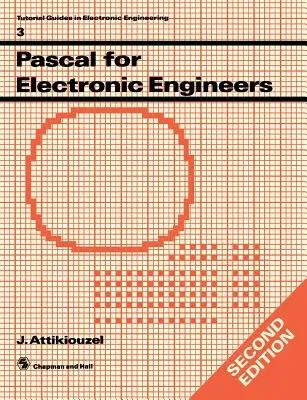In the last few years there has been a tremendous increase in the number
of Pascal courses taught at various levels in schools and universities.
Also with the advances made in electronics it is possible today for the
majority of people to own or have access to a microcomputer which
invariably runs BASIC and Pascal. A number of Pascal implementations
exist and in the last two years a new Pascal specification has emerged.
This specification has now been accepted as the British Standard BS6192
(1982). This standard also forms the technical content of the proposed
International Standard IS07185. In addition to a separate knowledge of
electronic engineering and programming a marriage of engineering and
computer science is required. The present method of teaching Pascal in
the first year of electronic engineering courses is wasteful. Little, if
any, benefit is derived from a course that only teaches Pascal and its
use with abstract examples. What is required is continued practice in
the use of Pascal to solve meaningful problems in the student's chosen
discipline. The purpose of this book is to make the use of standard
Pascal (BS6192) as natural a tool in solving engineering problems as
possible. In order to achieve this aim, only problems in or related to
electrical and elec- tronic engineering are considered in this book. The
many worked examples are of various degrees of difficulty ranging from a
simple example to bias a transistor to programs that analyse passive RLC
networks or synthesise active circuits.


